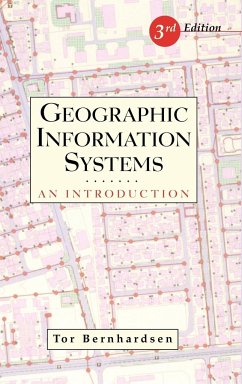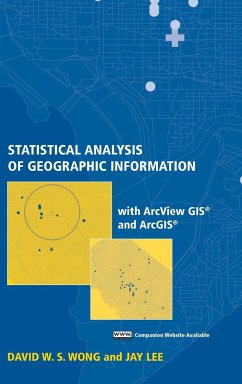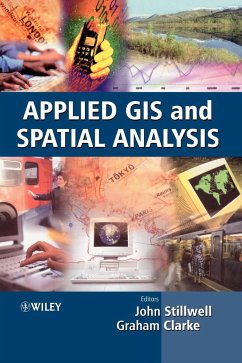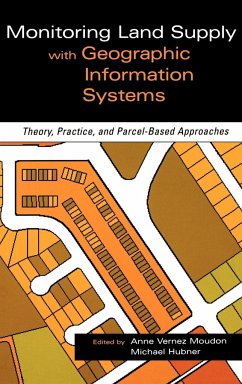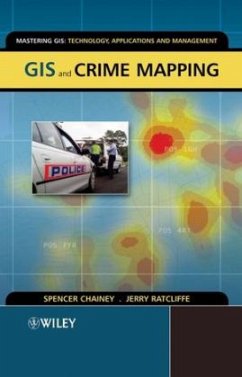
Integrated Geospatial Technologies
A Guide to GPS, GIS, and Data Logging
Versandkostenfrei!
Versandfertig in über 4 Wochen
126,99 €
inkl. MwSt.

PAYBACK Punkte
63 °P sammeln!
Through basic theory and real-world applications, this book presents the integrated use of geo-technologies such as GIS, GPS, digital photogrammetry, and visualization. Focusing on fundamentals and techniques, regardless of software or hardware, coverage includes a highly visual design with line-drawings, photographs illustrating equipment and hardware, screenshots, and sidebars highlighting important points and case studies.
Discusses the underlying theory of GPS and GIS without becoming overly technical.
_ Includes case studies presenting international experience and real-world applications.
_ Provides discussions of instrumentation and guidelines for selecting the right device for the job.
_ Includes case studies presenting international experience and real-world applications.
_ Provides discussions of instrumentation and guidelines for selecting the right device for the job.




